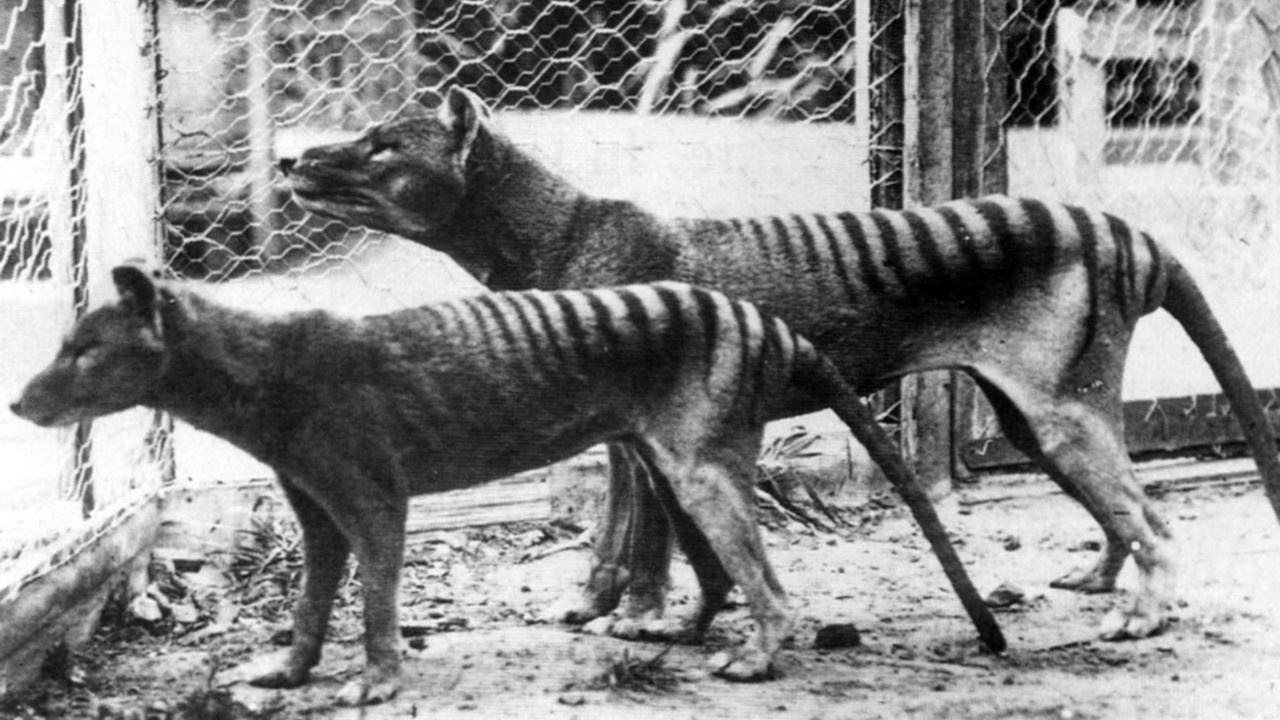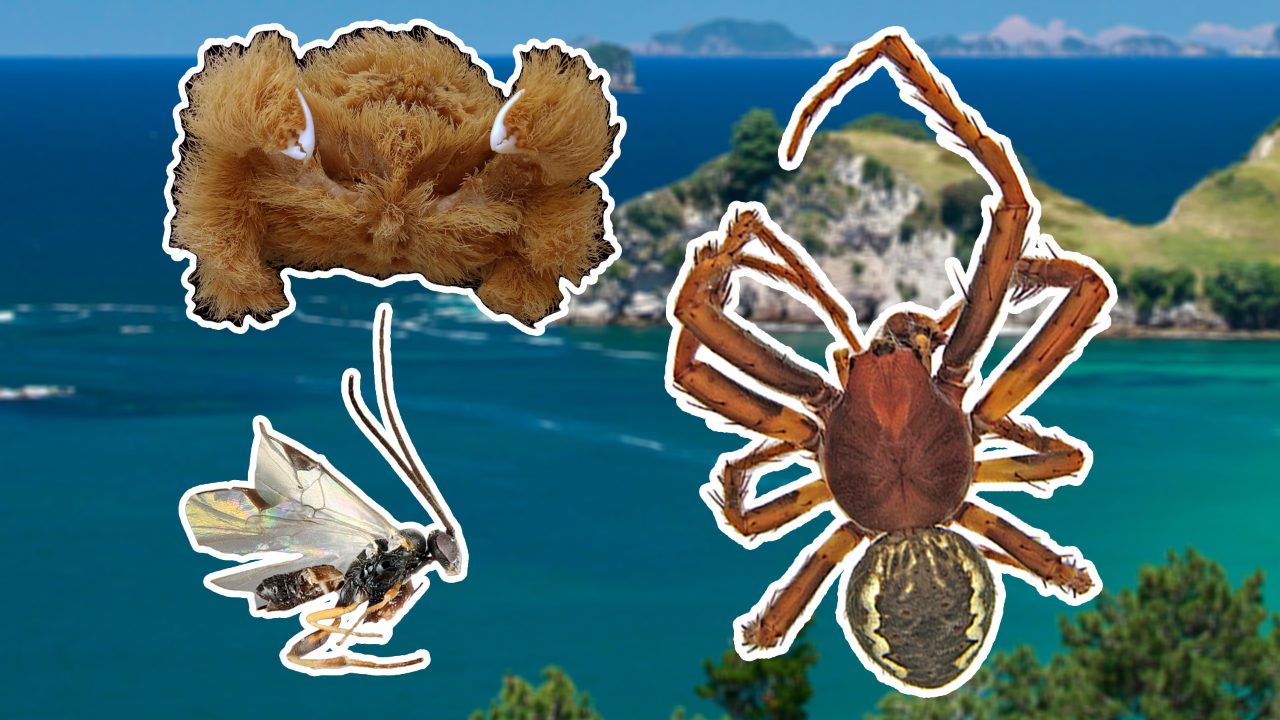Ever since humans have roamed the earth, animals have gone extinct – but now, this loss may not be permanent.
There are a handful of projects across the globe working to bring these animals back from the dead.
It’s a process called de-extinction.
With the details, here’s our World News Editor Kate Gregan.
Almost 100 years after its extinction, the Tasmanian tiger may live once again.
Australia's only marsupial apex predator died out in the 1930s, but scientists hope the animal could be reintroduced into its native Tasmania within 10 years.
Professor Andrew Pask is leading the research -- he told The Project that of all the species proposed for de-extinction, the 'tassy tiger' has the most compelling case.
"I think it was just such an incredibly unique animal, it's this dog-like marsupial, it had a pouch, it had joeys in its pouch and I think its also this absolutely tragic story of extinction that we are all so familiar with.
"It's something so real and tangible for Australians and it's such a terrible story of how we wiped this animal off the face of the earth."
The group of Australian and US scientists plan to take stem cells from a living marsupial with similar DNA, and then use gene-editing technology to resurrect the species.
Sound familiar?
But Professor Pask says they can't just bring back one.
"I think you would have to bring back a decent number, maybe 20 or 30 to have enough genetic diversity to make sure that you had a really healthy population. The ultimate goal would be to restore these animals back into the wild."
And this isn't the only project of its kind.
An American team plans to use similar technology to bring the woolly mammoth back to life - a feat yet to be pulled off.
But if scientists succeed in reviving the animal it would mark the first "de-extinction" event in history.... but many experts doubt it's possible.
Professor Pask says while it was near-impossible just a few years ago, science has come a long way.
"There's been huge advances in the way we can get DNA and read DNA, particularly from really old animals, ancient specimens and things as well as new technologies in DNA editing which make this possible."
At least 39 mammals have become extinct in Australia in the past 200 years, while nine are currently listed as critically endangered.















